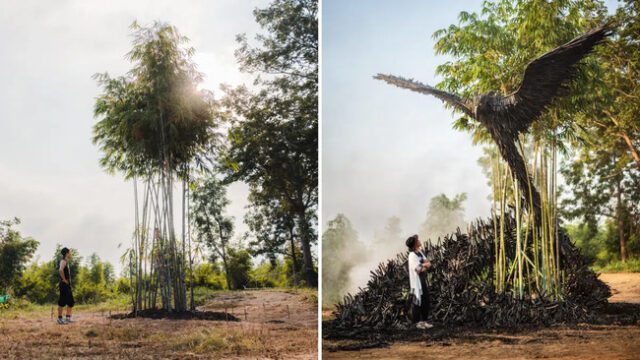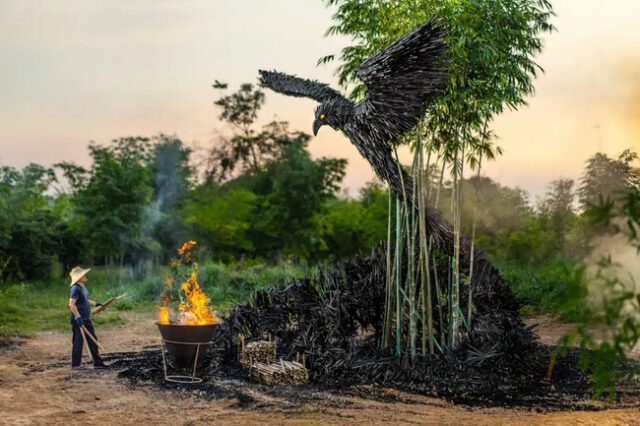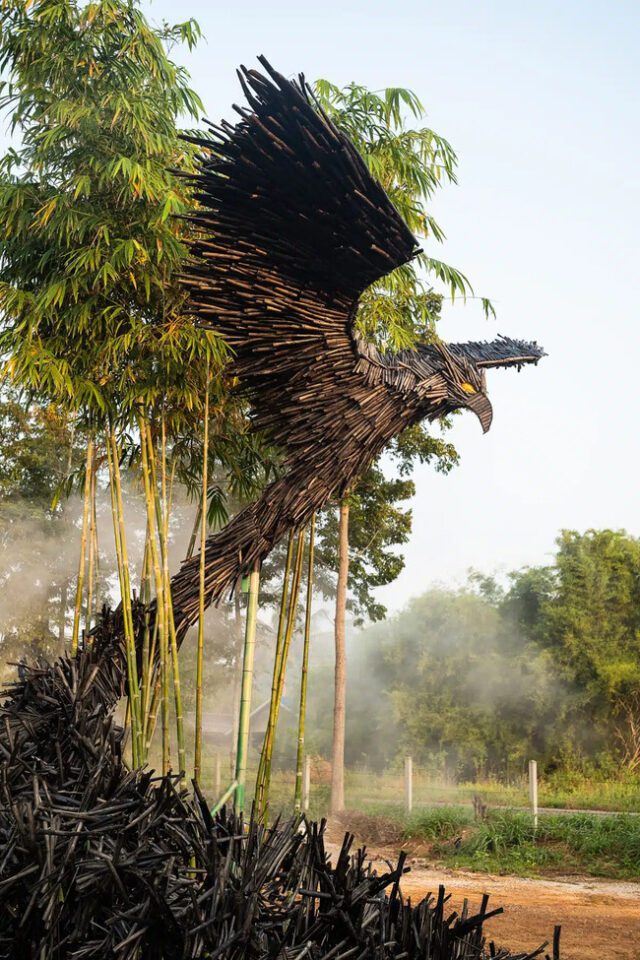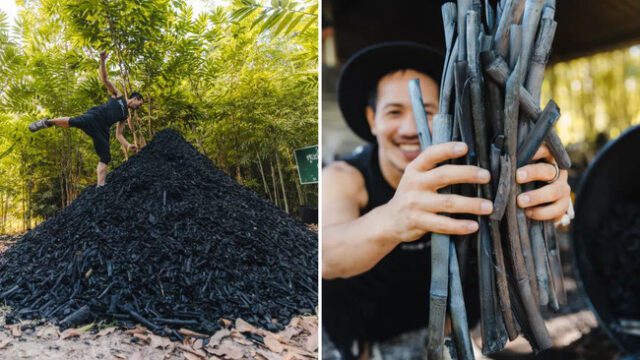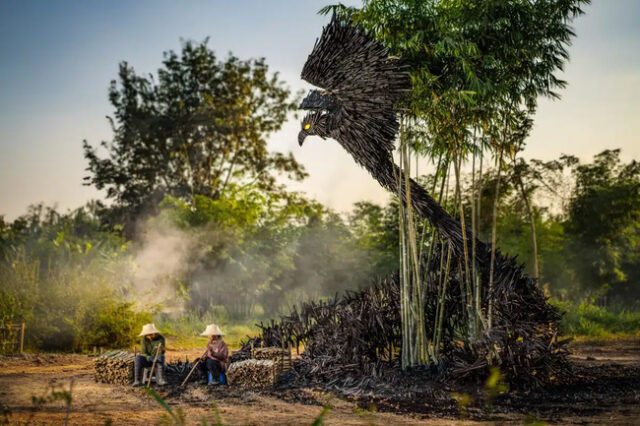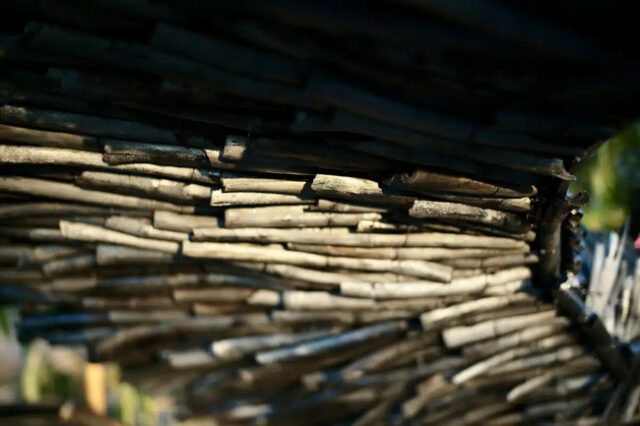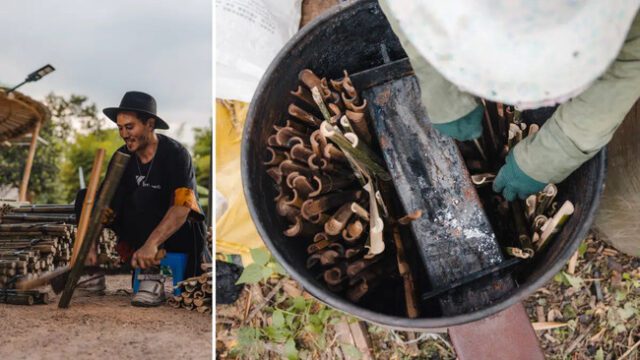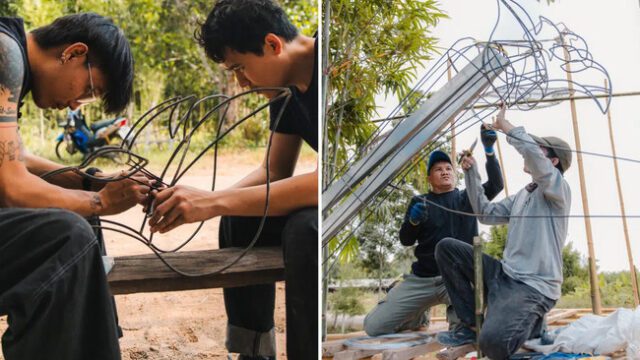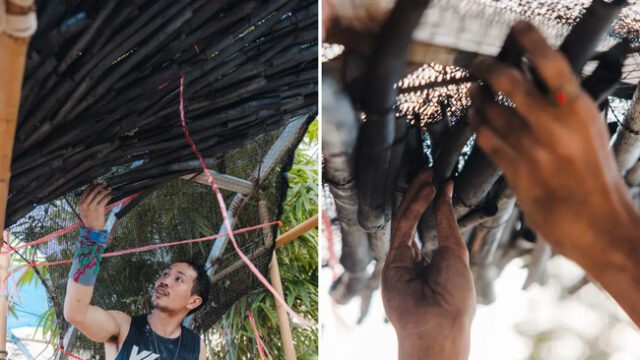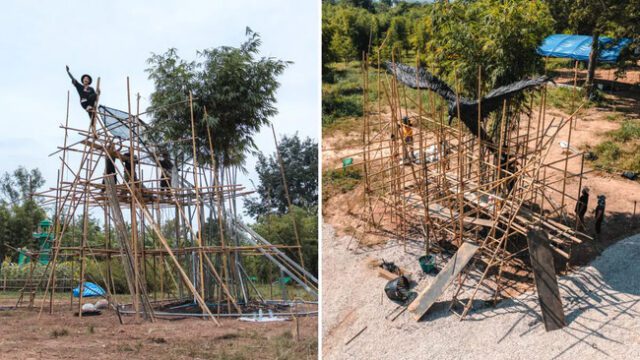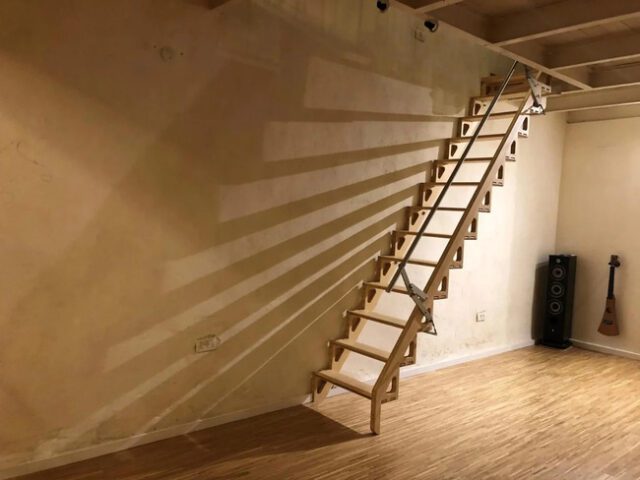
The Bcompact Bamboo Folding Staircase adds a touch of functional art to any space, transforming a typically mundane element into a statement piece. For those who are vertically challenged and clumsy, traditional ladders and steppers can be hazardous. This innovative staircase is designed with safety and style in mind, using sustainably sourced natural blonde bamboo for its structure, which can be color-stained to match any interior. It is engineered to blend seamlessly into any environment when not in use, thanks to its retractable flat-folding mechanism, which is both space-saving and visually appealing. Customizable to fit various angles and heights, this staircase offers a practical solution for spaces without permanent staircases, whether in a home or office setting.
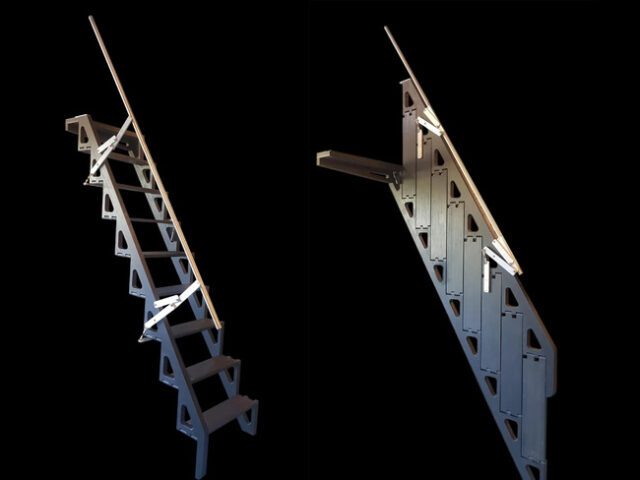
The Bcompact Bamboo Folding Staircase is not just a utility but also an engineering marvel, featuring high-quality brass, stainless steel, and aluminum hardware. Its patented design ensures stability and durability, making it a safer option than traditional folding stairs. The staircase can be equipped with manual or automatic gates for added safety, suitable for use in attics, mezzanines, lofts, basements, or any area requiring access with minimal structural changes. Beyond its functional benefits, the staircase elevates the space’s aesthetic, demonstrating that practical items can also serve as elegant art pieces. This blend of function and design makes the Bcompact Bamboo Folding Staircase a standout choice for modern interiors.

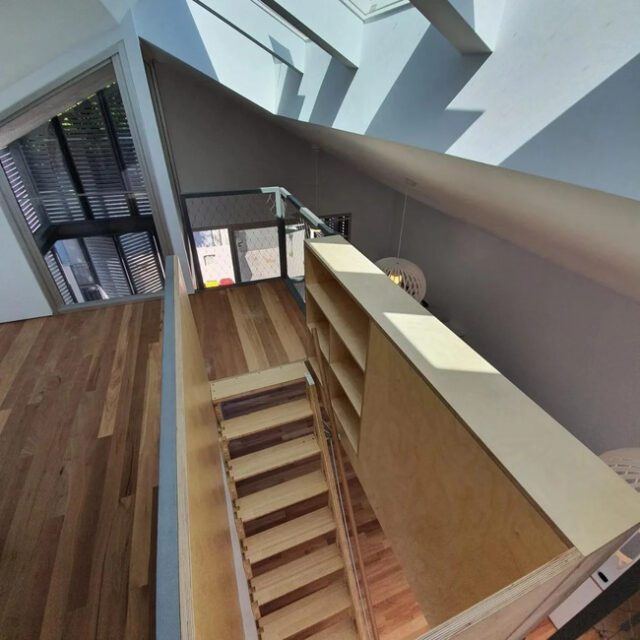
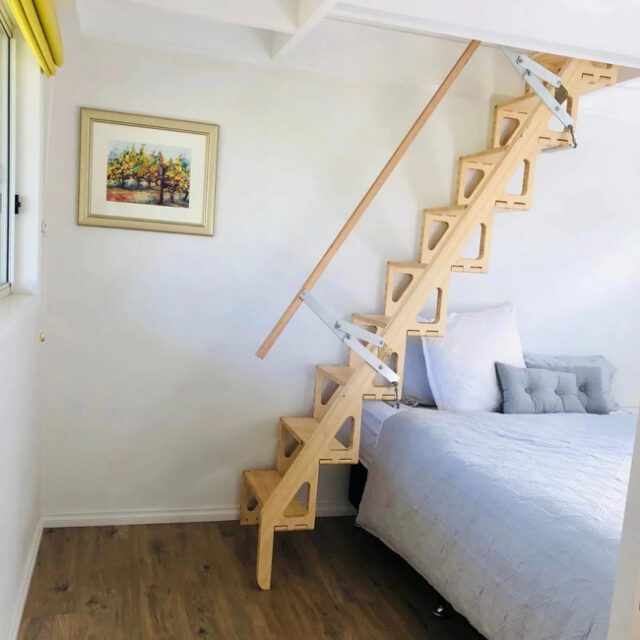

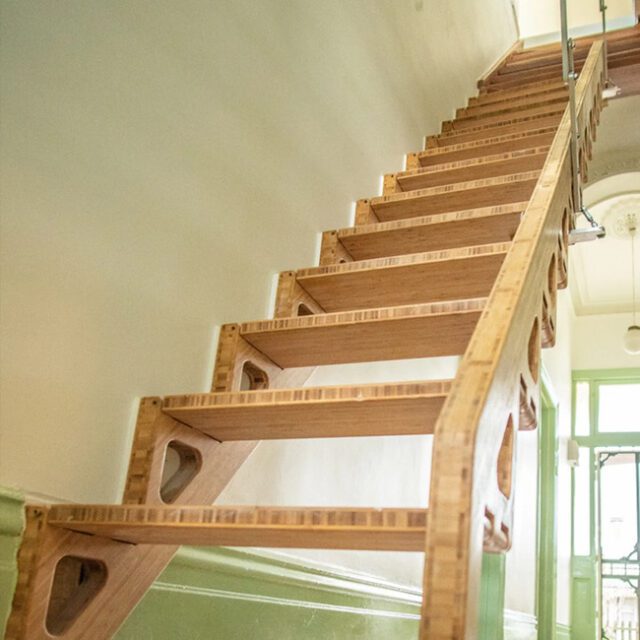
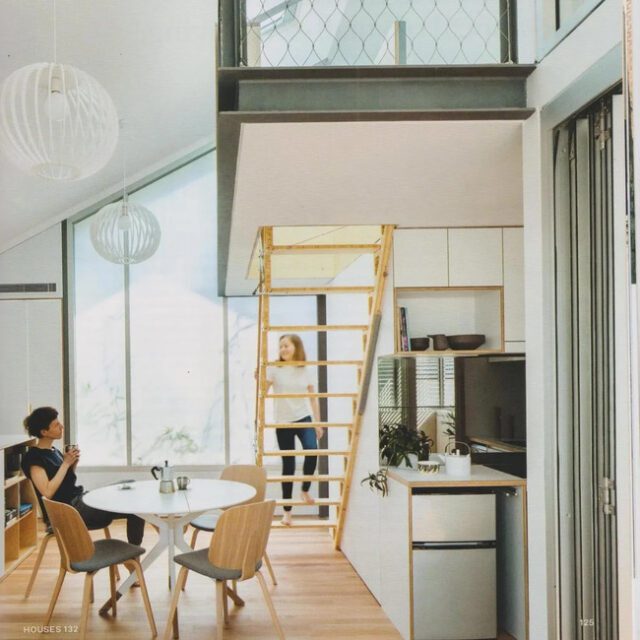
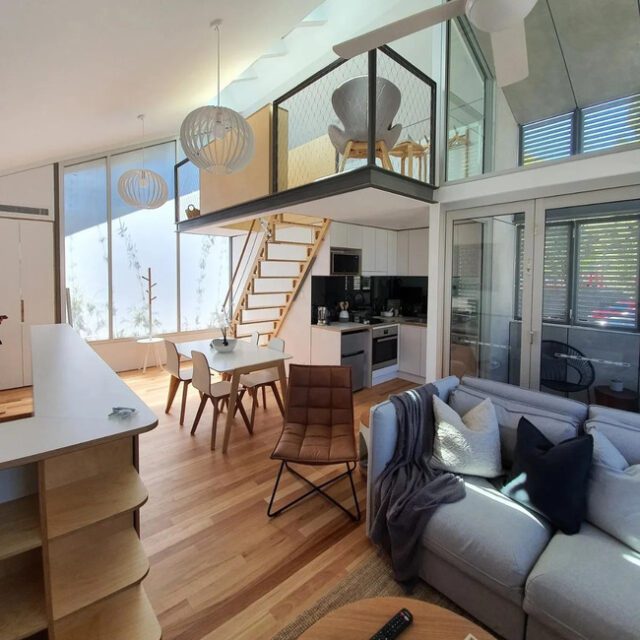
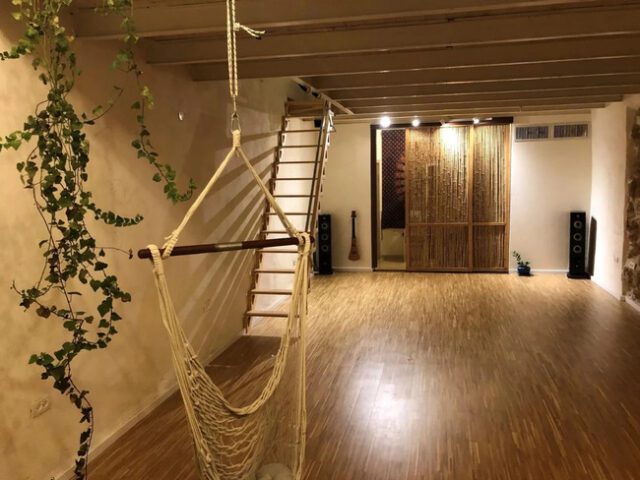
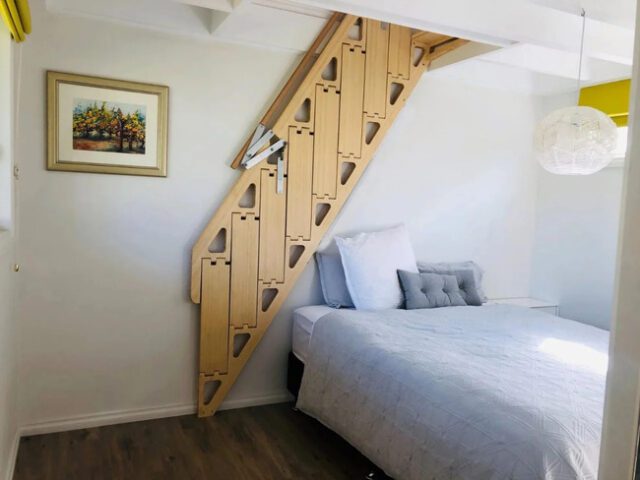
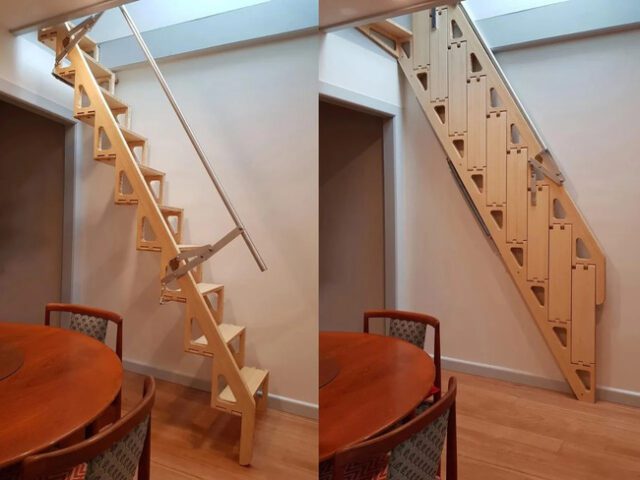
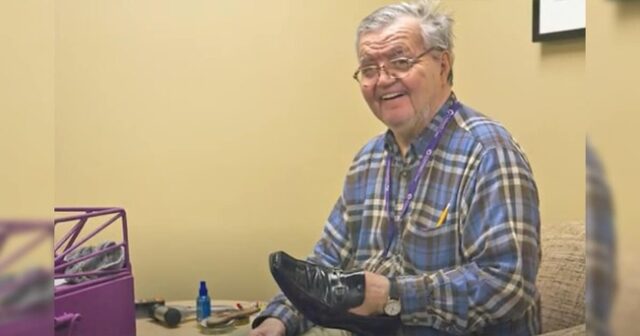
The story of Albert Lexie, the humble shoe shiner, is a testament to how small, consistent acts of kindness can have a monumental impact. Lexie worked at the Children’s Hospital of the University of Pittsburgh Medical Center for over 30 years, diligently polishing shoes for doctors, executives, and staff. Charging between $2 and $5 per polish, Lexie earned a modest annual income of about $10,000. However, his real contribution was much greater: he donated all his tips, amounting to over $200,000, to the hospital’s Free Care Fund. Starting his routine in 1982 and continuing until his retirement in 2013, Lexie would leave home early in the morning, set up his purple shoeshine cart, and devote his day to not only shining shoes but also supporting the hospital’s mission of providing care to children in need. His dedication and generosity ensured that many children received necessary medical treatments regardless of their families’ financial situations.

Lexie’s extraordinary philanthropy did not go unnoticed. He received several prestigious awards, including the Jefferson Medal for Outstanding Citizen, the Outstanding Philanthropist Award, and the National Caring Award. His hometown honored him with “Albert Lexie Day” in 1999, and he was given a lifetime bus pass by the Port Authority of Allegheny County due to his reliance on public transportation. In 2012, he shared his inspiring story through a children’s book, “Albert’s Kids,” illustrating his unwavering commitment to helping others. Though he retired in 2013 and passed away in 2018, Lexie’s legacy of selflessness and generosity endures. His contributions far exceeded the monetary donations, as he inspired countless individuals with his genuine spirit of giving and dedication to philanthropy, embodying the true essence of volunteerism.

In a historic victory for the Mirarr people, the traditional owners of Australia, the federal government has terminated the land leasing program for the Jabiluka uranium deposit. This decision ensures that mining will never take place on the land that holds deep cultural and spiritual significance for the Mirarr. Prime Minister Anthony Albanese, alongside his coalition, has incorporated the Jabiluka site into the adjacent Kakadu National Park, a UNESCO World Heritage site renowned for its natural beauty and cultural importance. This move not only protects the land from future mining endeavors but also acknowledges and honors the long-standing connection of the Mirarr people to their ancestral territory. The addition of Jabiluka to Kakadu reinforces the commitment to preserving Australia’s rich cultural heritage and the environment, symbolizing a profound respect for the world’s oldest continuous culture.
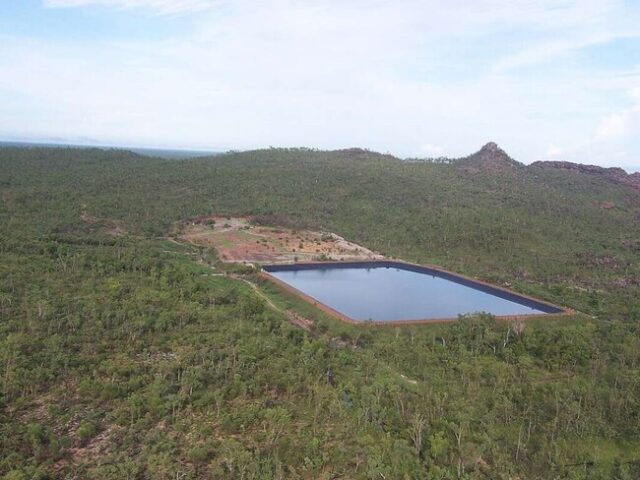
The conflict over Jabiluka, which spans over three decades, saw numerous protests and legal battles spearheaded by Indigenous activists and environmental groups against Energy Resources Australia (ERA) and its majority owner, Rio Tinto Group. Despite holding one of the world’s richest uranium deposits, successive administrations, influenced by strong advocacy from the Mirarr and other Indigenous groups, have consistently refrained from allowing mining activities. The 2005 Jabiluka Long-Term Care and Maintenance Agreement granted the traditional owners veto rights over any future development, underscoring their pivotal role in decision-making. With ERA opting not to renew the lease and the federal government’s firm stance to protect the land, the Mirarr’s cultural legacy and the ecological integrity of the region have been secured. This landmark decision is celebrated as a testament to the resilience and enduring influence of the Mirarr people in safeguarding their heritage and the environment for future generations.
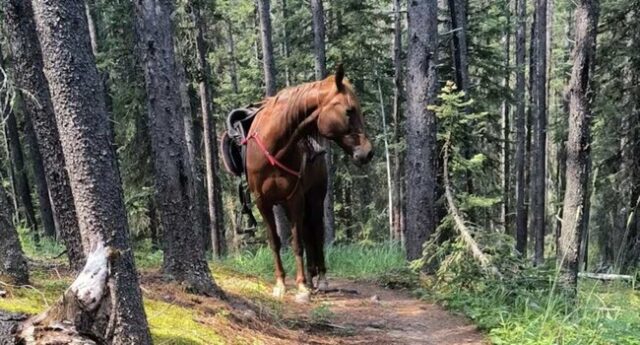
In a heartwarming turn of events, a missing championship endurance horse named Flex was reunited with his owner, Houston Peschl, after a dramatic and wide-ranging search effort in the remote countryside of Alberta. The ordeal began when Flex bolted after suffering a bee sting, disappearing into the vast wilderness near Bragg Creek. The Peschls, desperate to find their cherished companion, mobilized a search that involved professional trackers, Continue reading “Missing Horse Reunited With its Family After ‘Crazy Journey’” »
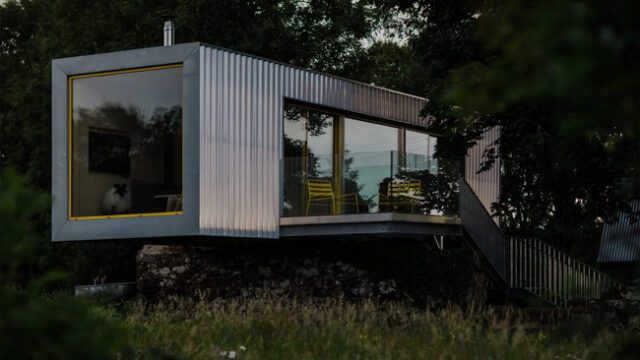
Local studio Patrick Bradley Architects has ingeniously transformed the remnants of a historic farm in Northern Ireland by integrating a cantilevered shipping container into the existing ruined walls, resulting in a striking contemporary home named Barneys Ruins. Located in Mid Ulster, this project revitalizes a traditional clachan, a small farming settlement, by blending modern architectural elements with the preserved 200-year-old ruins of an old cottage. The site, inherited by Patrick Bradley from his great-great uncle Barney, inspired a design that juxtaposes the past and present. The shipping container, which was converted off-site and placed on steel columns within the cottage’s original footprint, houses the main living spaces. It features minimalist plywood joinery and terrazzo flooring, with large south-facing sliding doors opening onto a balcony, offering stunning views of the rewilded meadow and promoting local biodiversity.
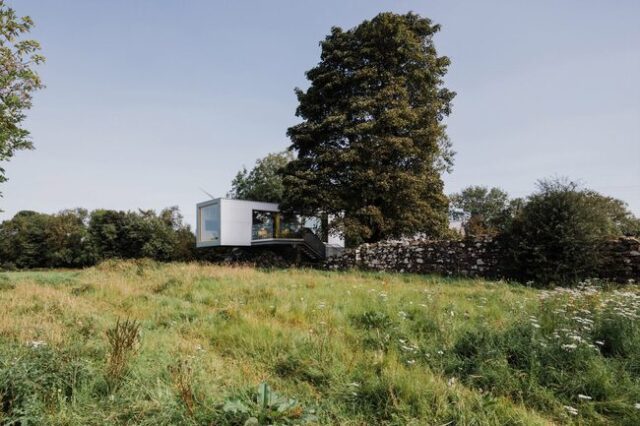
The architectural approach of Barneys Ruins celebrates the site’s heritage while introducing modern amenities, embodying a profound connection to the land passed down through generations. Accessed by a grated steel staircase, the house also includes a converted barn annex with a concrete fireplace, chimney breast, and a mezzanine sleeping area, maintaining the original agricultural character with a galvanized corrugated steel roof. Sustainability was a key consideration, with reused and recycled materials from the farm, such as old gates and reclaimed stones, to minimize the carbon footprint. At night, LED strips behind the cladding create an ethereal glow, symbolizing the dwelling’s significance in the landscape, akin to the mature Yew Tree at the heart of the local town. This innovative project, alongside other works by Patrick Bradley Architects like the Grillagh Water House, showcases a harmonious blend of historic preservation and contemporary design, bridging the gap between past and present.
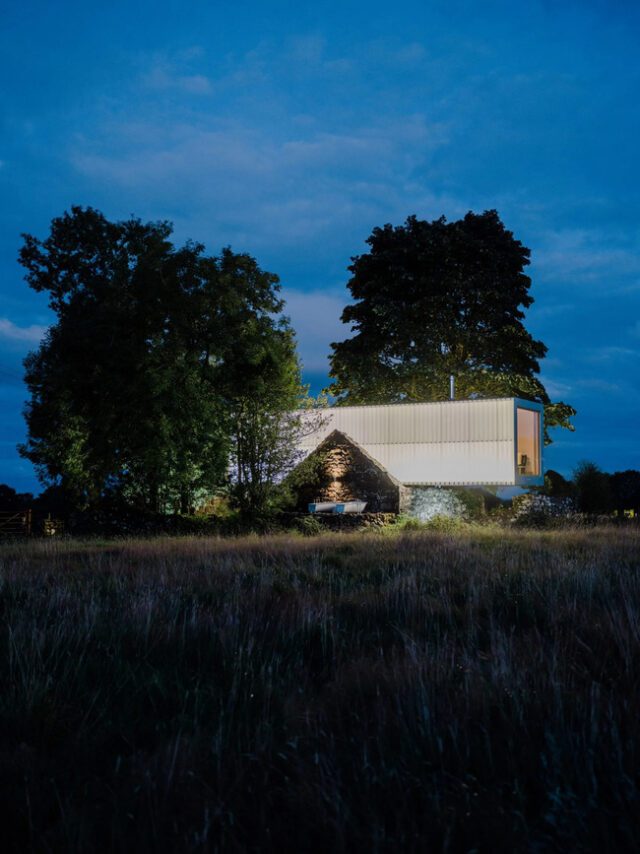
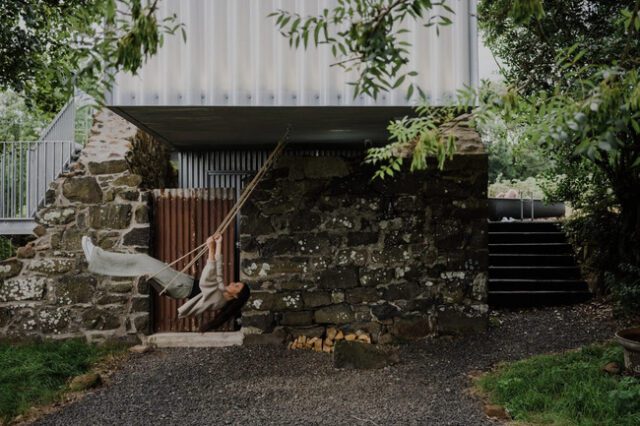
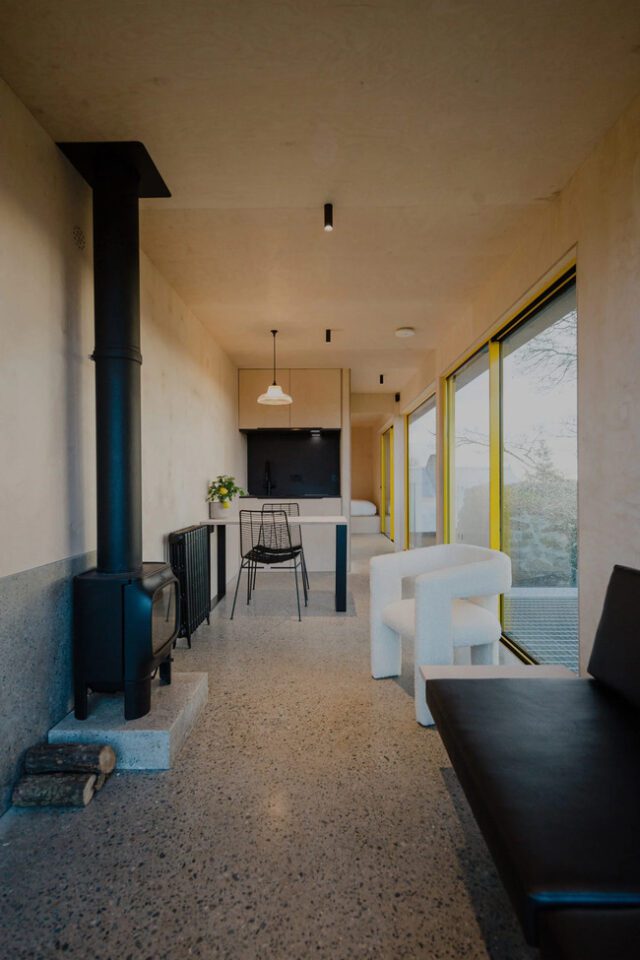

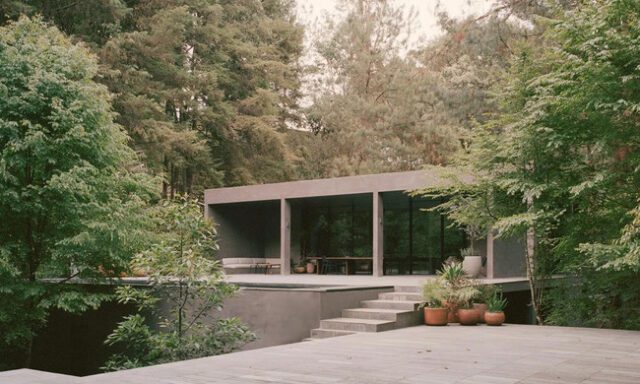
Living in a city often means waking up to views dominated by buildings and concrete structures. For many, the dream is to one day reside in a place surrounded by nature while retaining the conveniences of modern civilization. Contemporary housing concepts are increasingly focused on blending indoor and outdoor environments, allowing residents to connect with nature simply by stepping outside or looking through their windows. One such example is Copas, a contemporary and minimalist concrete house situated in the forests of Valle de Bravo in Mexico. This house offers breathtaking views of nature from every window and an exceptional perspective from the rooftop terrace, which integrates seamlessly with the surrounding forest. The exterior colors of the house are carefully chosen to match the tree trunks and rock formations, and its design evokes the sensation of climbing a mountain.

The private bedrooms on the lower level feature expansive glazing that frames the forest, while the kitchen, dining room, and lounge space also provide stunning views of the surrounding woodlands. The rooftop terrace extends towards the trees, enhancing the feeling of being immersed in nature, and the swimming pool on the upper level offers a perfect retreat for relaxation. The two-volume structure is designed to integrate into the slope of the land, minimizing excavation and environmental disruption. The house features various finishes to complement the concrete aesthetic, including wood furniture, natural rugs, and fabrics, creating a cozy and inviting atmosphere. This innovative home design is ideal for those seeking a harmonious blend of modern living and natural surroundings, offering a serene escape from the urban concrete jungle.
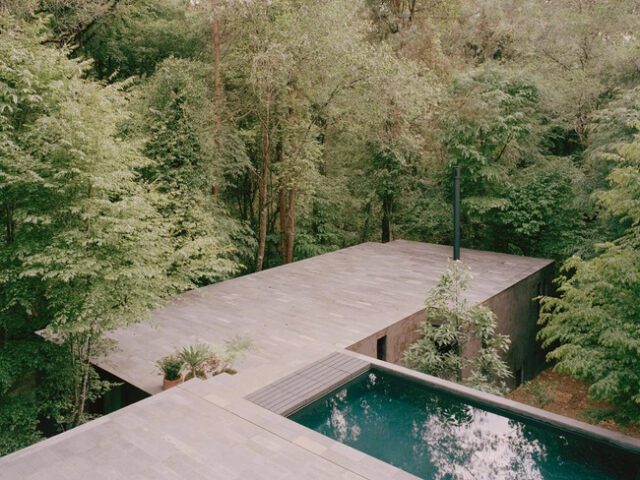
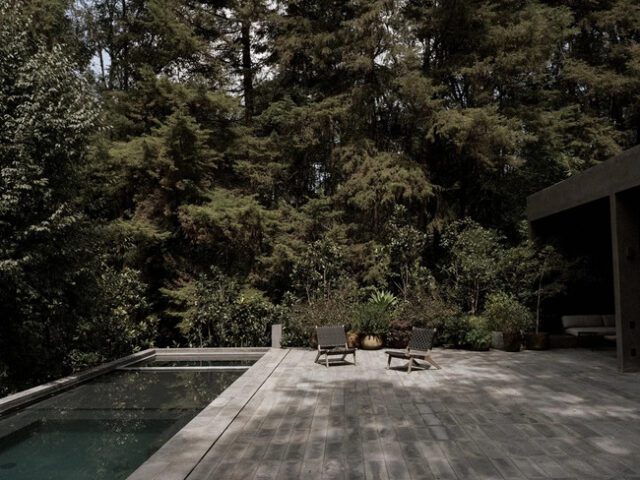
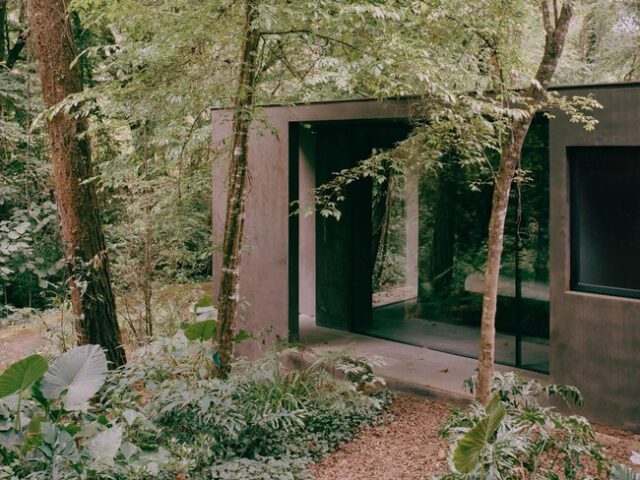

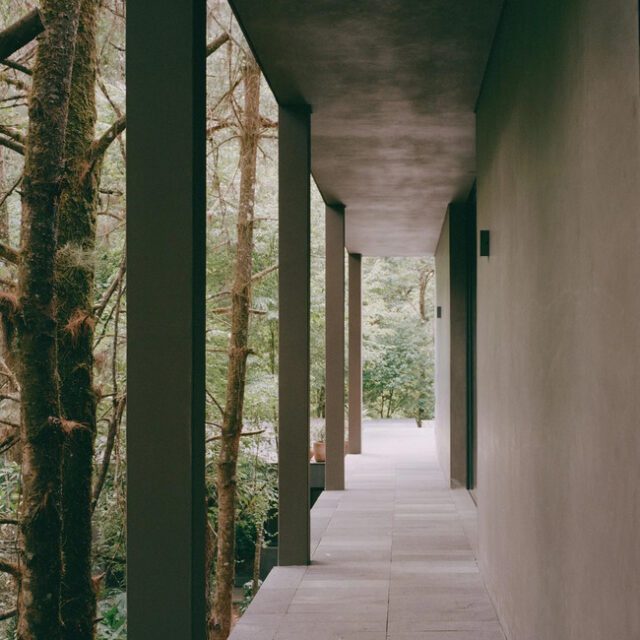

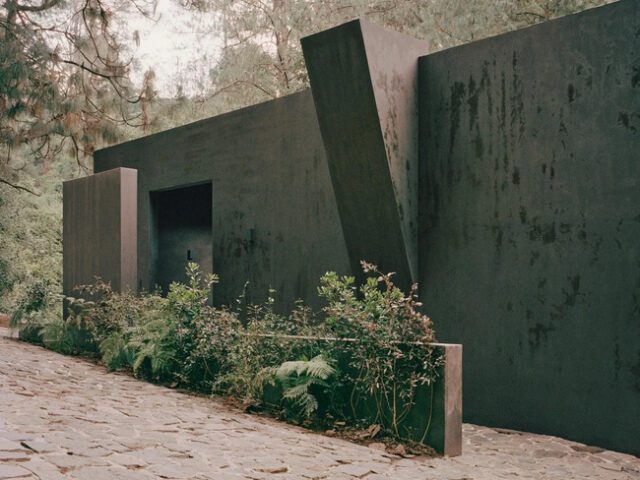
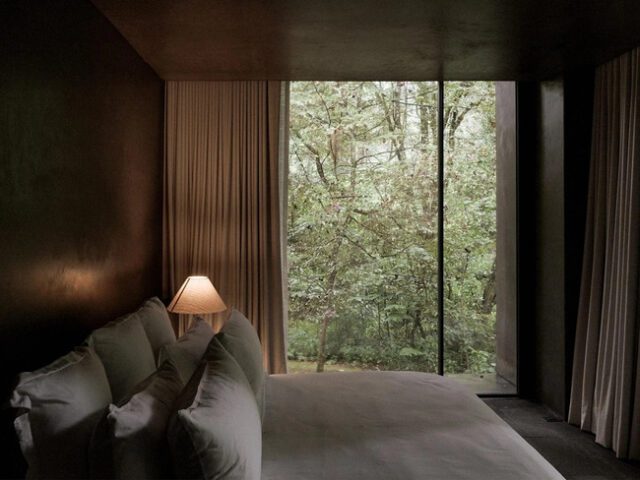
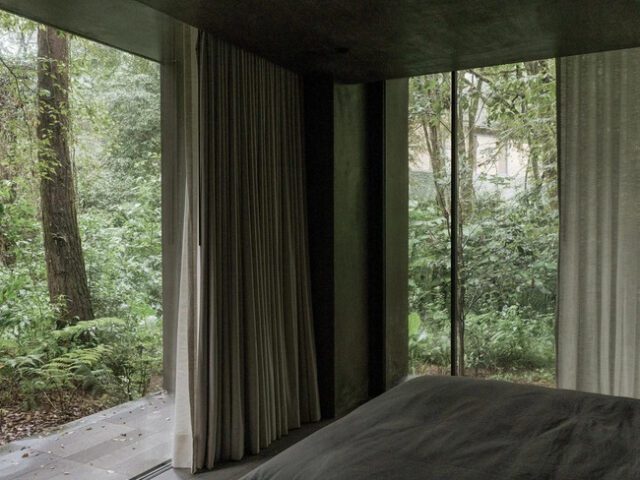
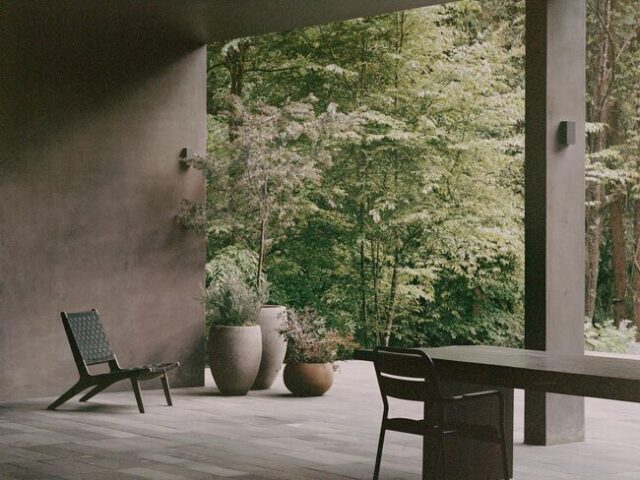
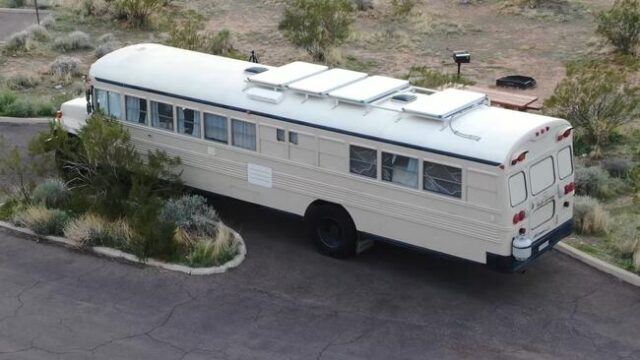
Alisa and Kevin’s DIY conversion of a 1996 BlueBird school bus, named “Hygge,” beautifully embodies the Danish concept of coziness and contentment. The exterior of the bus is painted off-white and remains largely unchanged, save for some windows replaced with metal panels and the addition of solar panels on the roof. However, the interior transformation is where the magic happens. The couple has designed a bright and inviting living space with white cabinetry and wooden accents, following a “side-by-side” room layout that includes a charming seating area, a functional kitchen with a rolling pantry, a bathroom with a composting toilet and shower, and a cozy bedroom with ample storage.
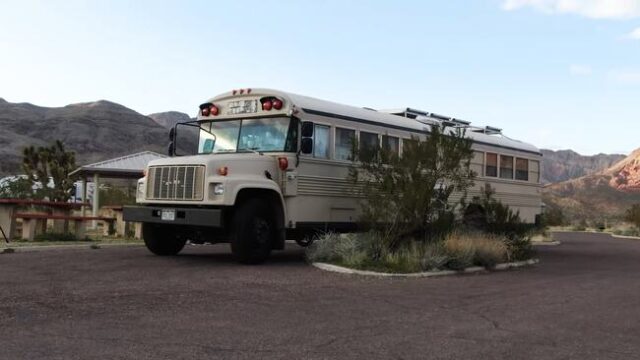
What truly sets Hygge apart is the integration of a small garden and the thoughtful use of space. The dashboard blooms with succulent plants when the bus is stationary, adding a touch of nature indoors. The seating area features versatile furniture, like a double dropleaf table from Ikea and a couch that converts into a guest bed. The kitchen is equipped with modern appliances, including a residential-size fridge and live-edge countertops, ensuring that Alisa and Kevin can cook and dine comfortably. Storage solutions abound throughout the bus, from the rolling pantry in the kitchen to the nine drawers under the bed, and even a garage space at the rear for e-bikes and tools. With a 70-gallon freshwater tank and a robust solar power system, this skoolie offers the couple a sustainable and cozy home on wheels, blending practicality with a homely ambiance.
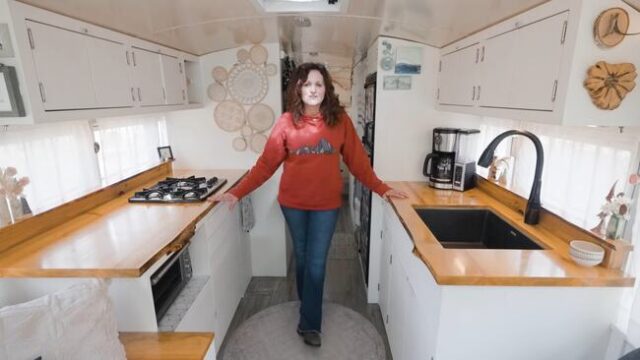
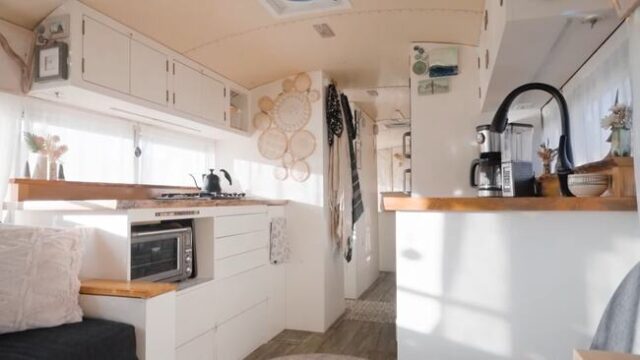
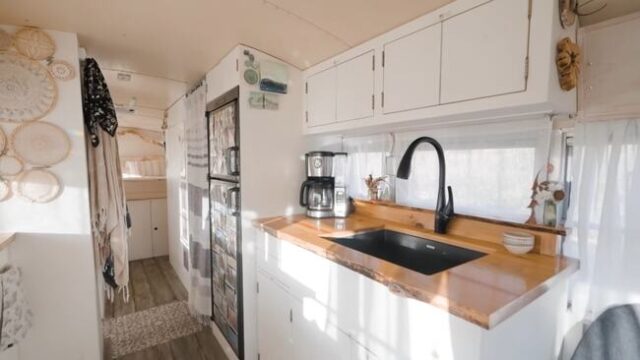
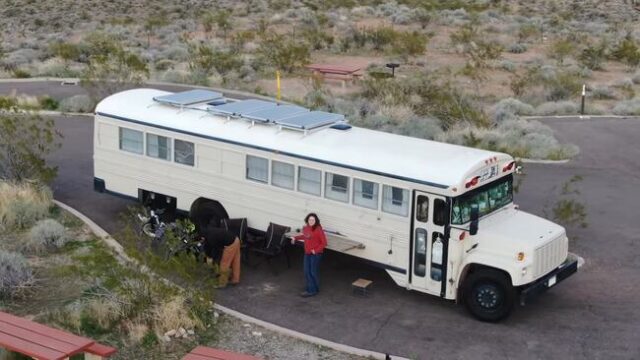
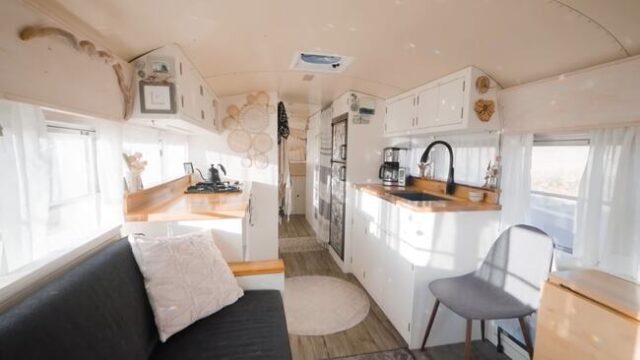
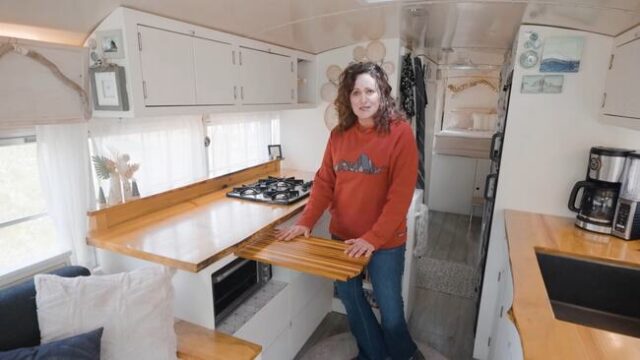
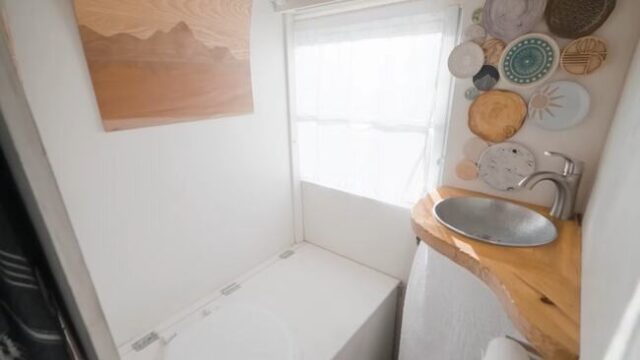
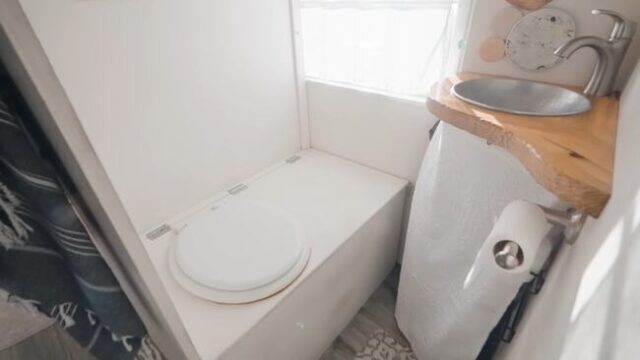
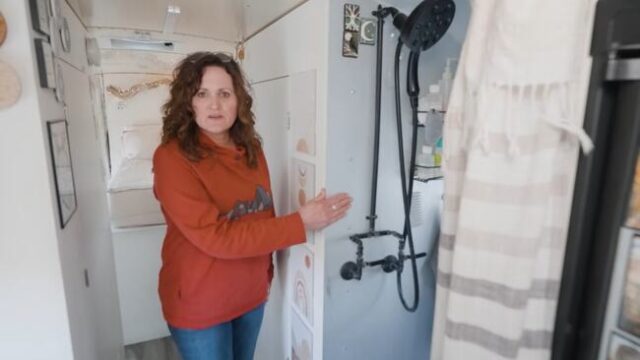
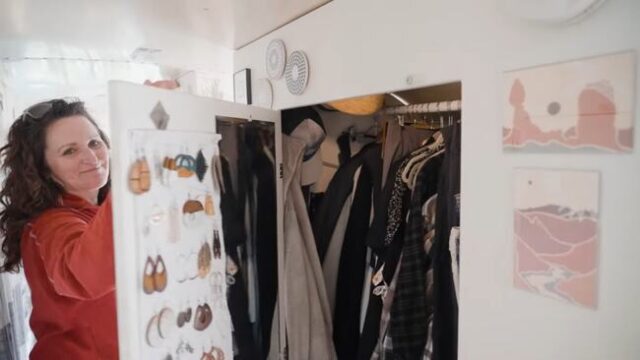
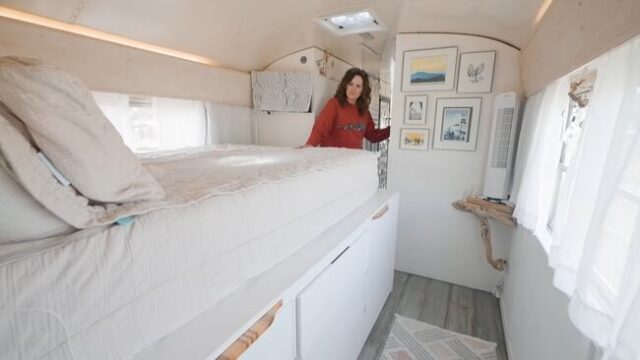

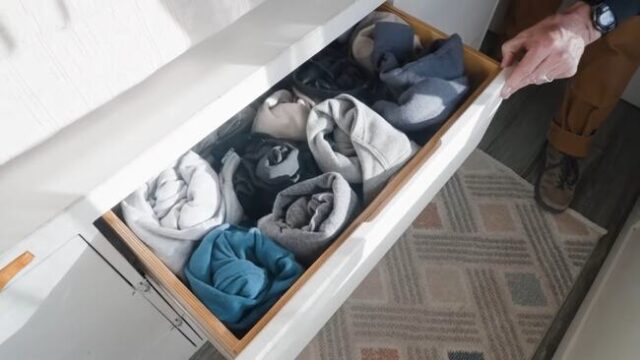

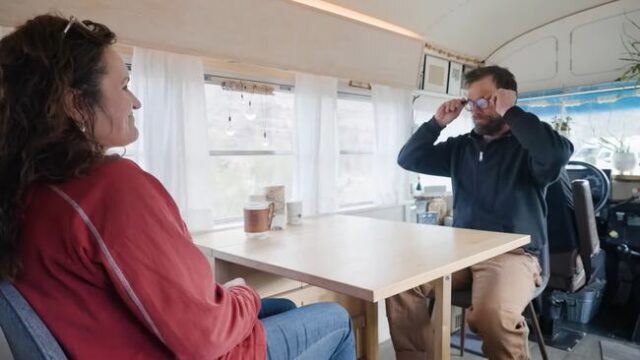

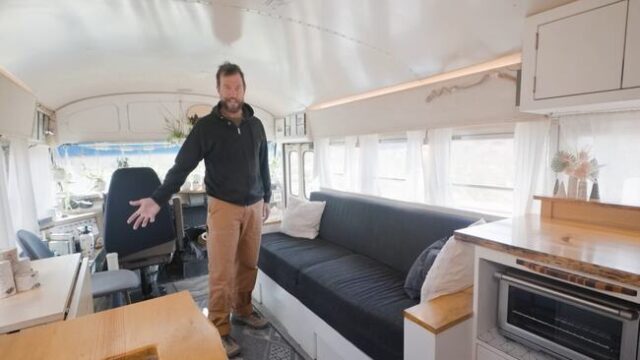
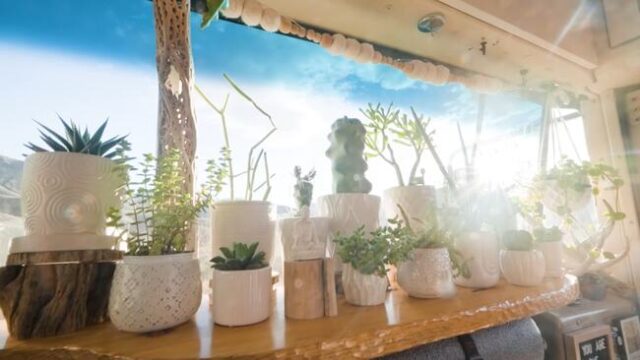
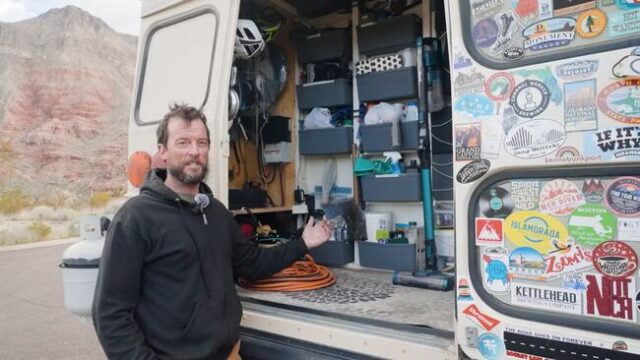

Cats and dogs are often seen as sworn enemies, but despite their hilarious antics and infamous squabbles, they can sometimes surprise us by becoming the best of frenemies. One pet pair perfectly illustrated this in a video shared by their owner. Using GPS trackers by Tractive, the pet owner traced the live location of both pets to show how his cat secretly follows him and the dog every time they go for a walk. The video captures the essence of their unique relationship, with the dog happily leading the way and the cat cunningly maintaining a discreet distance.

A satellite view of both pets’ paths, revealed that while the dog loyally followed its owner on the sidewalk, the cat—secretly eager to join in—took a winding route through the bushes, stealthily trailing behind to avoid detection. Perhaps the cat is following them out of curiosity, or maybe it just wants to stay close to its family, while maintaining a cool, distant facade. Either way, the video just goes to show that maybe cats aren’t so unpredictable after all. This delightful footage serves as a reminder that despite their independent reputation, cats can be just as attached to their human and canine companions, albeit in a secretive way.













